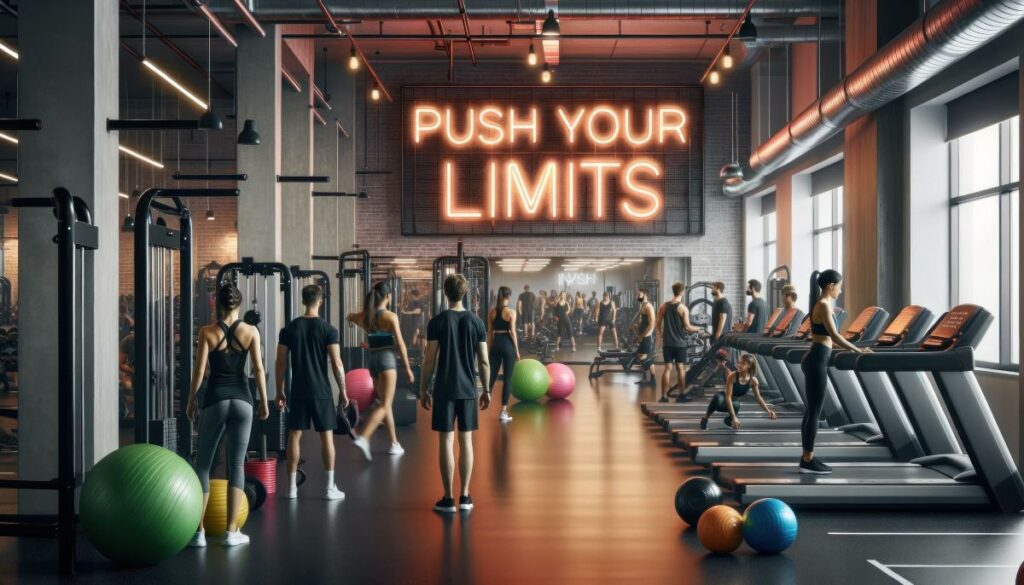Can Gyms and Fitness Studios Be Engineered to Foster Community, Not Just Workouts?
For decades, gyms and fitness studios have primarily been designed with one goal in mind: helping people work out. Rows of machines, mirrored walls, and high-intensity music are all optimized to support exercise, strength-building, and calorie-burning. But a shift is underway. As more people seek connection and wellness in equal measure, fitness spaces are evolving from purely functional zones into dynamic community hubs. The big question is: Can gyms and fitness studios be engineered to foster community—not just workouts?
The answer increasingly appears to be yes. Through intentional design, smart programming, and a people-first mindset, fitness spaces can do much more than sculpt bodies—they can bring people together. In a post-pandemic world where isolation has left a mark on many, the value of shared experience, support, and belonging is more vital than ever.
The Rise of Community-Centric Wellness
The modern fitness consumer isn’t just chasing gains or weight loss—they’re pursuing mental clarity, emotional resilience, and a sense of connection. This has fueled the rise of boutique studios, group classes, and wellness centers that emphasize inclusivity, community, and holistic health. Fitness has become more than a solo endeavor; it’s now a social experience.
In this context, the architecture and layout of gyms matter just as much as the programs they offer. Enter community-focused fitness center construction—a design philosophy that puts human connection at the heart of the built environment.
Design That Encourages Interaction
The physical layout of a gym can significantly influence how people engage with each other. Traditional gyms are often arranged in silos: treadmills face walls or TVs, weight areas isolate users, and stretching corners feel like afterthoughts. There’s little room for conversation or connection.
In contrast, community-driven fitness centers are rethinking this approach. Open floor plans that integrate cardio, strength, and flexibility zones encourage interaction across modalities. Group fitness studios are placed in central, glass-walled areas to promote visibility and inclusivity, breaking down the barrier between group class attendees and individual gym-goers.
Shared social spaces like lounges, juice bars, and relaxation areas are now being included in floor plans—not as add-ons, but as central features. These areas give members a place to cool down, chat, and build relationships before or after workouts. The more time people spend in these shared spaces, the stronger the sense of community becomes.
Programming with Purpose
It’s not just about the bricks and mortar—community flourishes through meaningful programming. Group fitness classes, small-group training, and wellness workshops all serve to bring people together around shared goals. But forward-thinking fitness centers are going beyond traditional offerings.
Think community yoga in the park, nutrition workshops led by local chefs, book clubs, guided meditations, or even community service events organized through the gym. These experiences give members reasons to connect beyond their reps and sets. They build trust, accountability, and a sense of belonging that keeps people coming back.
Some studios are even integrating mental health resources, offering coaching, mindfulness sessions, or access to therapists. By supporting the whole person—not just their physical form—gyms become safe spaces for growth, both individually and collectively.
Inclusivity Through Engineering
Engineering community isn’t just about aesthetics or scheduling—it’s about access. True community spaces are inclusive, welcoming, and designed for diverse needs. Fitness centers that prioritize universal design principles ensure that members of all abilities feel seen and supported.
This includes features like wide pathways, wheelchair-accessible equipment, adjustable-height benches, sensory-friendly lighting, and low-noise areas for people who may be overwhelmed in high-stimulation environments. Locker rooms with private changing stalls and all-gender restrooms promote comfort for all identities. These features signal to members that the space is truly built for everyone.
Inclusivity also extends to programming and pricing. Sliding scale memberships, low-impact classes for seniors, and youth training programs can broaden the reach of a gym far beyond the stereotypical fitness enthusiast. Community isn’t built on exclusivity—it thrives on shared experience across diverse backgrounds.
Digital Integration That Deepens Connection
In a world where digital and physical spaces increasingly overlap, the most successful community-centered fitness centers blend both. Apps and online platforms aren’t just for booking classes—they’re tools for fostering connection.
Online forums, member message boards, digital challenges, and video classes help build continuity between in-person interactions. Especially in hybrid or remote environments, this digital layer helps community persist even when members aren’t physically in the building.
Social media can also be a powerful tool when used thoughtfully. Instead of simply promoting workouts, community-focused gyms use their channels to celebrate member stories, highlight achievements, and share wellness content that resonates emotionally—not just physically.
The ROI of Community-Driven Fitness
From a business perspective, investing in community makes sense. Member retention, word-of-mouth referrals, and brand loyalty are significantly higher when people feel emotionally connected to their fitness space. It’s the reason boutique studios with strong community vibes often outperform larger, impersonal gyms despite higher price points.
People are more likely to stay consistent with their fitness routines when they feel supported. They’re more likely to show up—not just for the workout, but for the people they’ve met and the relationships they’ve built. This emotional attachment can’t be bought—it has to be engineered through intention and care.
That’s why fitness center constructionfirms are increasingly being called upon to create spaces that go beyond function. Architects and designers are working closely with gym owners and wellness professionals to develop facilities that support mental health, social interaction, and inclusive access. The result is a new generation of gyms that feel less like warehouses for equipment and more like community centers with a health mission.
Challenges and Opportunities
Of course, creating a community-oriented fitness space isn’t without its challenges. Balancing open social areas with the need for focused, distraction-free workouts can be tricky. Noise control, traffic flow, and member privacy all require thoughtful design solutions. Additionally, not every member may want a social experience—some value solitude in their fitness journey.
The key is offering a range of experiences within the same space. Quiet corners for stretching or meditation, alongside vibrant group fitness rooms, ensure that all preferences are respected. Similarly, staff training is essential. Coaches and front-desk personnel must be welcoming, inclusive, and skilled at nurturing connection—not just facilitating workouts.
Conclusion: Engineering Belonging
Fitness centers have the power to be more than places where people lift weights or run on treadmills. With intentional design, inclusive practices, and thoughtful programming, they can become sanctuaries of connection and belonging. In an era marked by digital isolation and mental health challenges, the community potential of fitness spaces is more important than ever.
As the industry evolves, gyms that understand and invest in this human-centered approach will lead the way. By prioritizing community from the ground up—through visionary fitness center construction, member-focused programming, and inclusive design—these spaces will not only strengthen bodies, but hearts and minds as well. And that’s the kind of strength we all need more of.







